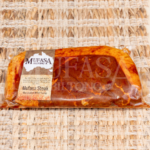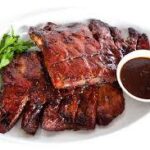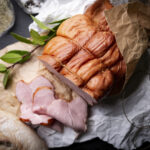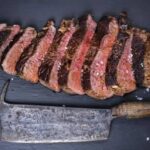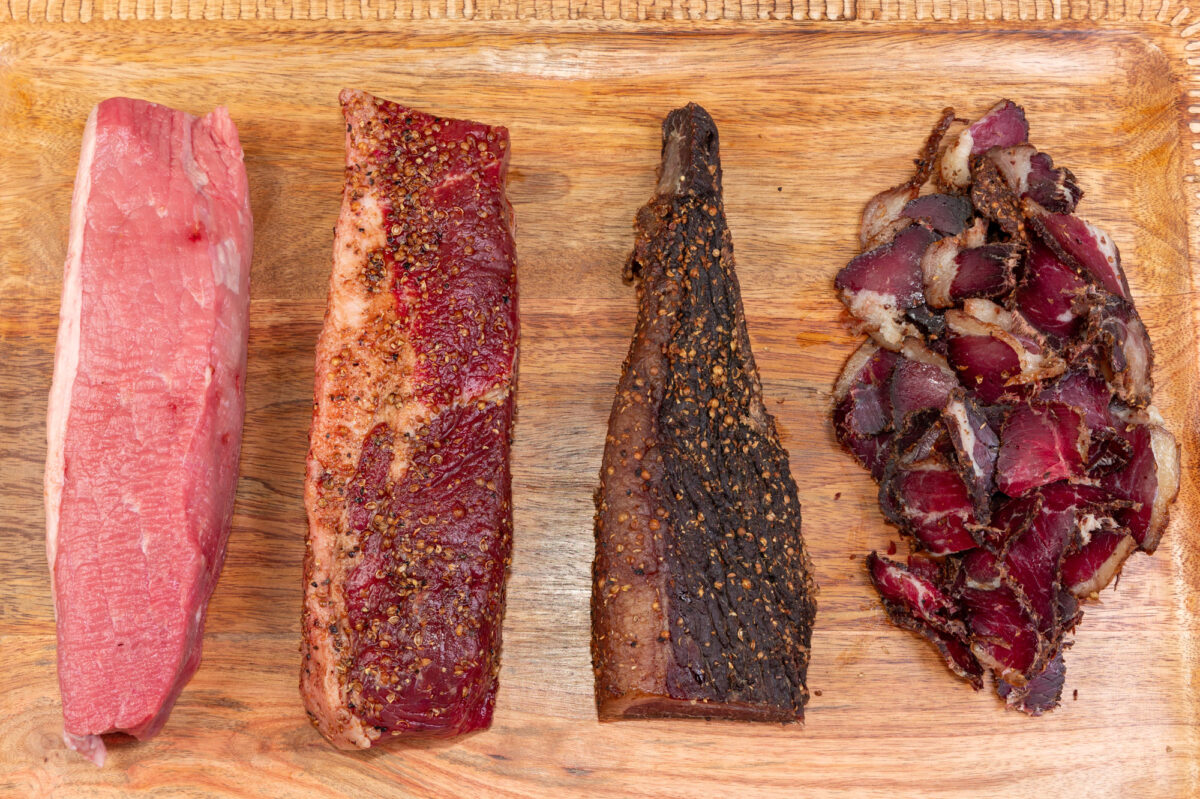
Fatty Biltong vs Lean – Which One Tastes Best?
Fatty Biltong vs Lean : What’s the Difference?
The core distinction lies in the meat’s fat content and the cuts used:
- Fatty Biltong: Crafted from marbled cuts like rump, sirloin, or even brisket (15-25% fat). Fat streaks weave through the muscle, locking in moisture and spice—like our Biltong Fatty.
- Lean Biltong: Sourced from lean powerhouses like silverside, topside, or eye of round (under 5% fat). It’s trimmed to the bone for a dense, meaty core—try our Biltong Lean.
Both get the same vinegar-salt-spice cure and slow air-dry (4-7 days), but fat rewrites the story—juicy vs. rugged. Fun fact: In South Africa, fatty biltong (or “vet biltong”) is a traditional indulgence, while lean (“maer biltong”) suits long treks.
Taste and Texture Comparison
Fatty Biltong
- Flavor: Deep, savory, almost buttery—fat soaks up spices (coriander, pepper, cloves), hitting umami highs. Think 20-25% moisture.
- Texture: Tender, slightly chewy, with a creamy fat melt (akin to prosciutto). Pairs perfectly with bold twists like our Chilli Garlic Bites.
- Vibe: Decadent, indulgent—South Africans might savor it fireside with a beer.
- Caveat: Too oily for some; fat can linger on the tongue.
Lean Biltong
- Flavor: Sharp, beef-forward—less fat lets the meat’s essence shine (5-10% moisture).
- Texture: Firm, chewy, even leathery—demands a workout, like our Drywors Traditional Flavour.
- Vibe: Rustic, no-nonsense—think trail-ready fuel for adventurers.
- Caveat: Dryness can tire jaws or feel bland to fat fans.
If you love moist, rich, and indulgent flavors, fatty biltong is the way to go. But if you prefer a firm, protein-packed snack with a pure beef taste, lean biltong might be more up your alley.
Health and Nutrition: Which One Is Better for You?
When it comes to health, the choice between fatty and lean biltong depends on your dietary goals.
Fatty Biltong:
- Calories: ~320 kcal/100g (20g fat, 15g saturated).
- Protein: ~35-40g/100g—solid, but fat dilutes it.
- Fats: Monounsaturated (8g) and saturated (10g)—energy-rich for keto or endurance (think 2-3 hours of sustained stamina).
- Perks: Curbs hunger with flavor; fat aids vitamin absorption (e.g., A, D).
- Drawbacks: Higher cholesterol (~80mg); not for calorie-counters.
Lean Biltong:
- Calories: ~220 kcal/100g (3g fat, 1g saturated).
- Protein: ~50-55g/100g—tops for muscle repair or satiety (stays full 4-5 hours).
- Fats: Minimal (2-3g)—clean fuel for lean gains.
- Perks: Low-cal, low-cholesterol (~50mg)—ideal for weight loss or heart health.
- Drawbacks: Less satiating for fat-seekers; drier bite.
If you’re following a high-protein, low-fat diet, lean biltong is the better option. But if you’re on a keto or high-fat diet, fatty biltong may be more suitable.
Storage Smarts: Shelf Life Secrets
Fat changes how long your biltong lasts—here’s the scoop:
Fatty Biltong:
- Shelf Life: 2-3 weeks at room temp (15-20°C/59-68°F), 1-2 months refrigerated—fat oxidizes faster.
- Storage Hack: Paper bag in a cool pantry; avoid humidity over 60%. Stock up fresh via Weekly Deals.
- Why Shorter: Fat rancidity risks mold or off-flavors (watch for sour smells).
Lean Biltong:
- Shelf Life: 6 months at room temp, 12 months frozen—low fat defies time.
- Storage Hack: Breathable bag or vacuum-seal—see our FAQ for pro tips.
- Why Longer: Minimal fat means less spoilage fuel.
If you plan to keep biltong for a long time, lean biltong is the better choice. However, if you’re going to eat it fresh, fatty biltong is worth the indulgence.
Fatty or Lean: Your Perfect Match?
Your choice hinges on taste, goals, and vibe:
- Go Fatty If: You crave a juicy, spice-soaked treat—keto fans, flavor chasers, or casual snackers will love it. Try our Bacon Biltong for a twist.
- Go Lean If: You need high-protein, low-fat fuel—athletes, dieters, or preppers will thrive. Pair it with Biltong Leaves for portability.
- Still Torn?: Sample both with our Bundles—taste-test your way to clarity!
The Art Behind Our Biltong
We handpick cuts—rump for fatty, silverside for lean—and dry them with precision (50-70°F, 4-7 days). Peek at Biltong Quality Monitoring or Mufasa’s Journey to see why our biltong’s a cut above.

